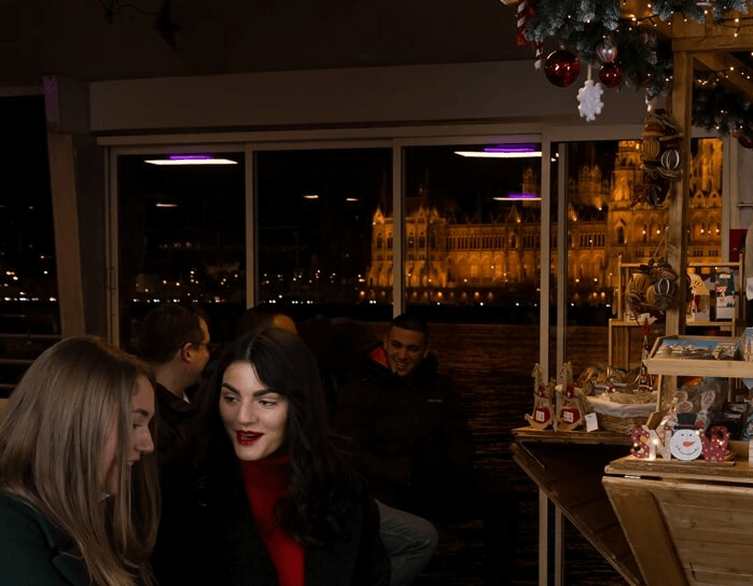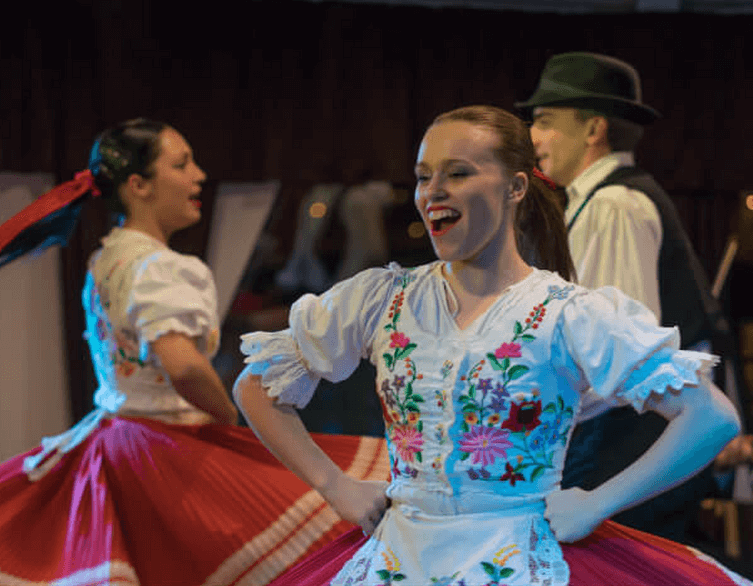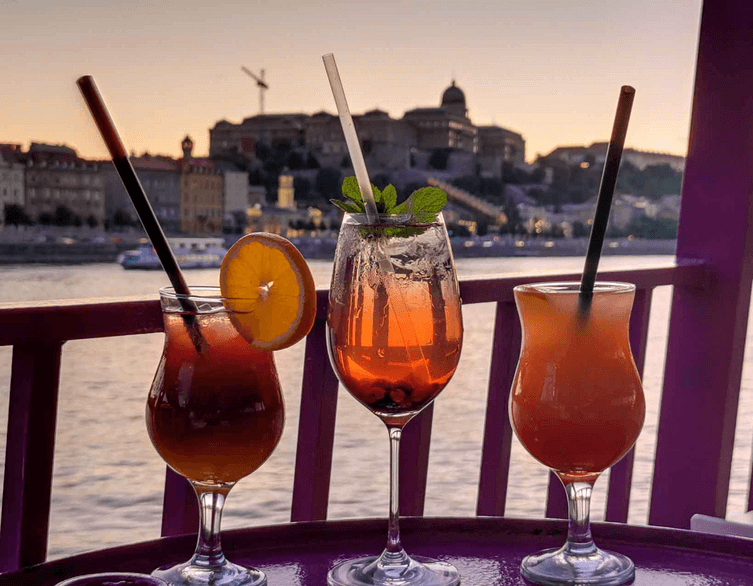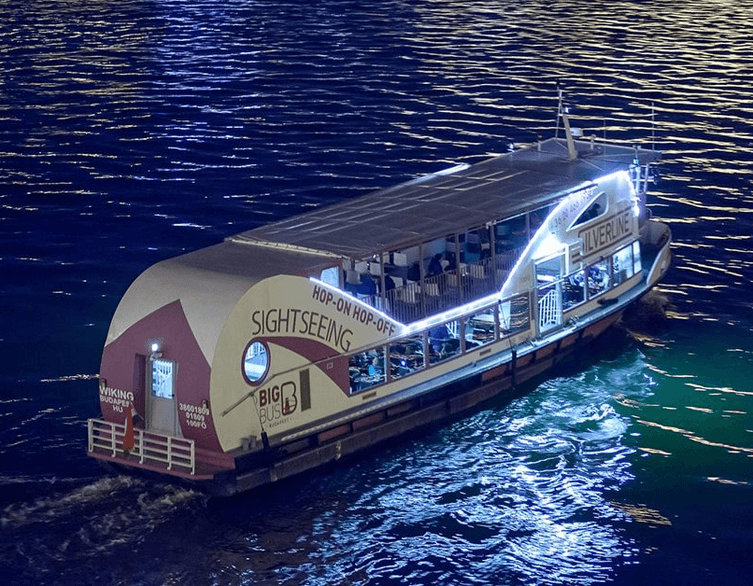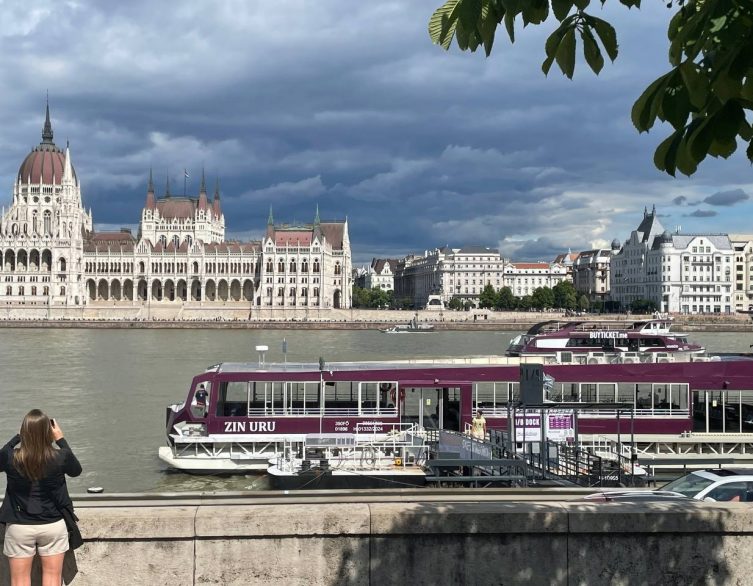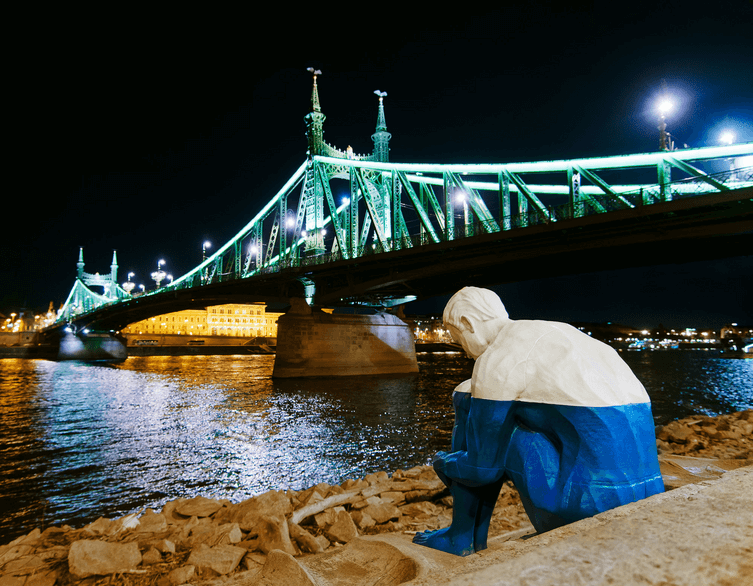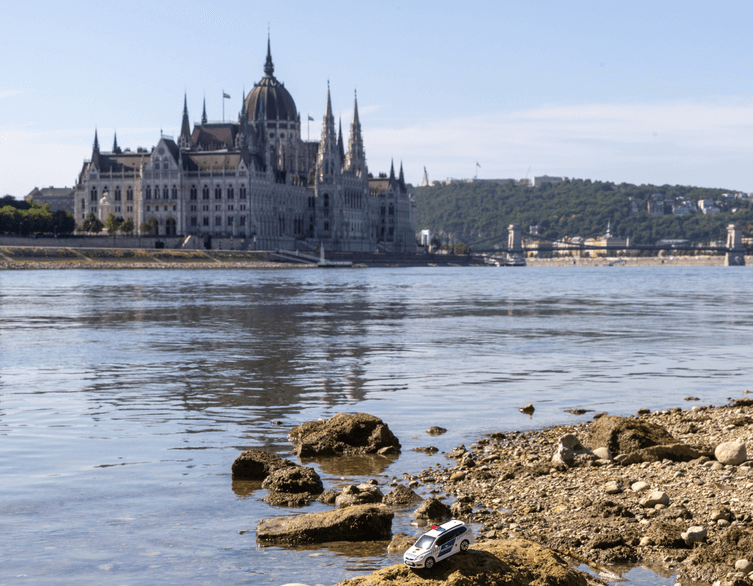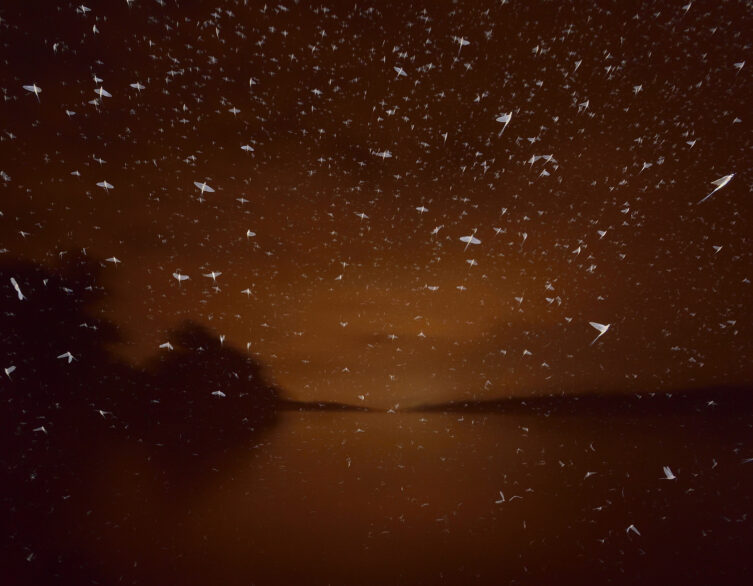BREAKING! The Danube Blooms: Budapest’s Magical Mayfly Dance Arrives Earlier Than Ever
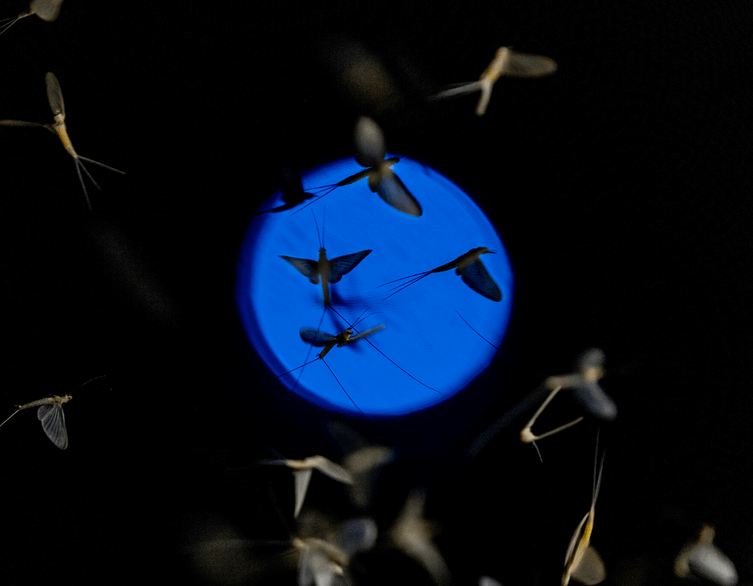
Budapest is experiencing something truly extraordinary this summer – one of nature’s most spectacular yet fragile phenomena is happening earlier than anyone expected. The famous “Danube blooming” has begun, transforming the river into a living canvas of millions of dancing mayflies, creating a breathtaking spectacle that foreign visitors rarely get the chance to witness.
A Natural Wonder Defying Expectations
This year’s mayfly emergence has caught even the experts by surprise. György Kriska, an ecologist and renowned mayfly specialist, observed the beginning of the pre-blooming phase in Újpest over the weekend – weeks earlier than the traditional mid-August timing that locals have come to expect. The unprecedented early arrival has prompted Budapest’s authorities to activate special protective lighting systems on the Árpád Bridge to safeguard these remarkable creatures during their brief but vital lifecycle.
The mystery behind this early blooming remains unsolved. Scientists suspect that the record-breaking June drought or the Danube’s unusually low water levels might be contributing factors, but the exact cause of this temporal shift in nature’s calendar continues to puzzle researchers. What’s certain is that visitors to Budapest are witnessing something truly exceptional – a natural phenomenon that speaks to the very health of one of Europe’s great rivers.
A Story of Environmental Recovery
The return of the Danube mayfly represents one of conservation’s most inspiring success stories. For years, these delicate insects seemed to have vanished entirely from the Hungarian section of the Danube. Their reappearance in 2012 marked a turning point, signaling the gradual recovery and cleaning of the river’s ecosystem. Today, each individual mayfly carries significant conservation value – literally worth 10,000 forints as a protected species under Hungarian law.
This monetary valuation reflects more than just bureaucratic classification; it represents recognition of these insects’ role as living indicators of environmental health. Their presence tells us that the Danube is healing, that water quality is improving, and that Budapest’s commitment to environmental protection is yielding tangible results that visitors can witness firsthand.
Technology Meets Conservation
Budapest has embraced innovative solutions to protect this natural spectacle. Following the installation of specialized blue lights on the Tildy Zoltán Bridge, the Árpád Bridge became the second in the capital to receive these conservation-focused lighting systems. These aren’t ordinary lights – they’re specially designed to keep swarming mayflies over the water rather than drawing them toward the bridge surfaces where millions of eggs would be lost on asphalt.
The Budapest Public Works company activates these protective lights based on signals from conservation experts, creating a coordinated response that balances urban infrastructure with environmental protection. This represents a remarkable marriage of technology and nature conservation that demonstrates Budapest’s commitment to protecting its unique natural heritage while maintaining its role as a modern European capital.
Best deals of Budapest
Witnessing the Magic
For foreign tourists lucky enough to be in Budapest during this phenomenon, the experience offers something that cannot be found in guidebooks or planned itineraries. The mayfly blooming occurs primarily after dark, concentrated along the northern and downtown sections of the Danube. Margaret Island becomes a particularly spectacular viewing location, where the convergence of protected lighting, river proximity, and natural habitat creates optimal conditions for observing this ethereal dance.
The timing of this year’s early blooming means visitors in late July have an unexpected opportunity to witness something typically reserved for mid-August travelers. The spectacle unfolds as twilight deepens, with millions of mayflies emerging from the river in synchronized swarms that create living clouds above the water’s surface. Their translucent wings catch the city lights, creating an almost otherworldly atmosphere that transforms the familiar Budapest skyline into something magical.
Respecting Nature’s Brief Performance
While the sight is undeniably captivating, visitors must remember they’re observing one of nature’s most delicate performances. These mayflies live for only a few hours above water – their entire aerial existence dedicated to a crucial mating dance and egg-laying ritual that ensures the next generation’s survival. Any disturbance during this critical period can disrupt their reproductive cycle and impact population recovery.
The best approach for tourists is quiet observation from appropriate distances. Photography is possible, but flash photography should be avoided as it can disorient the insects. The most rewarding experience comes from simply standing along the riverbank and allowing yourself to be enveloped by this ancient natural rhythm that has played out along the Danube for millennia.
A Living Barometer of Environmental Health
What makes this phenomenon particularly meaningful for international visitors is understanding that they’re witnessing a real-time indicator of environmental recovery. These few hours of fragile life above the Danube tell the story of an entire river ecosystem’s ecological health. The mayflies’ presence demonstrates that Budapest’s environmental initiatives are working, that the Danube is cleaner than it has been in decades, and that urban development can coexist with natural preservation.
For tourists interested in sustainable travel and environmental awareness, the mayfly blooming represents Budapest at its most authentic – a city that has successfully balanced urban development with environmental stewardship. The specialized lighting systems, the coordinated conservation efforts, and the public awareness campaigns all reflect a community committed to protecting its natural heritage for future generations to experience.
The early arrival of this year’s Danube blooming offers foreign visitors an unexpected gift – the chance to witness one of Central Europe’s most remarkable natural phenomena while exploring one of its most beautiful cities. In a world where natural spectacles are increasingly rare, Budapest’s mayfly emergence stands as a testament to what’s possible when conservation meets commitment, creating experiences that no amount of urban planning could artificially reproduce.
Related news



